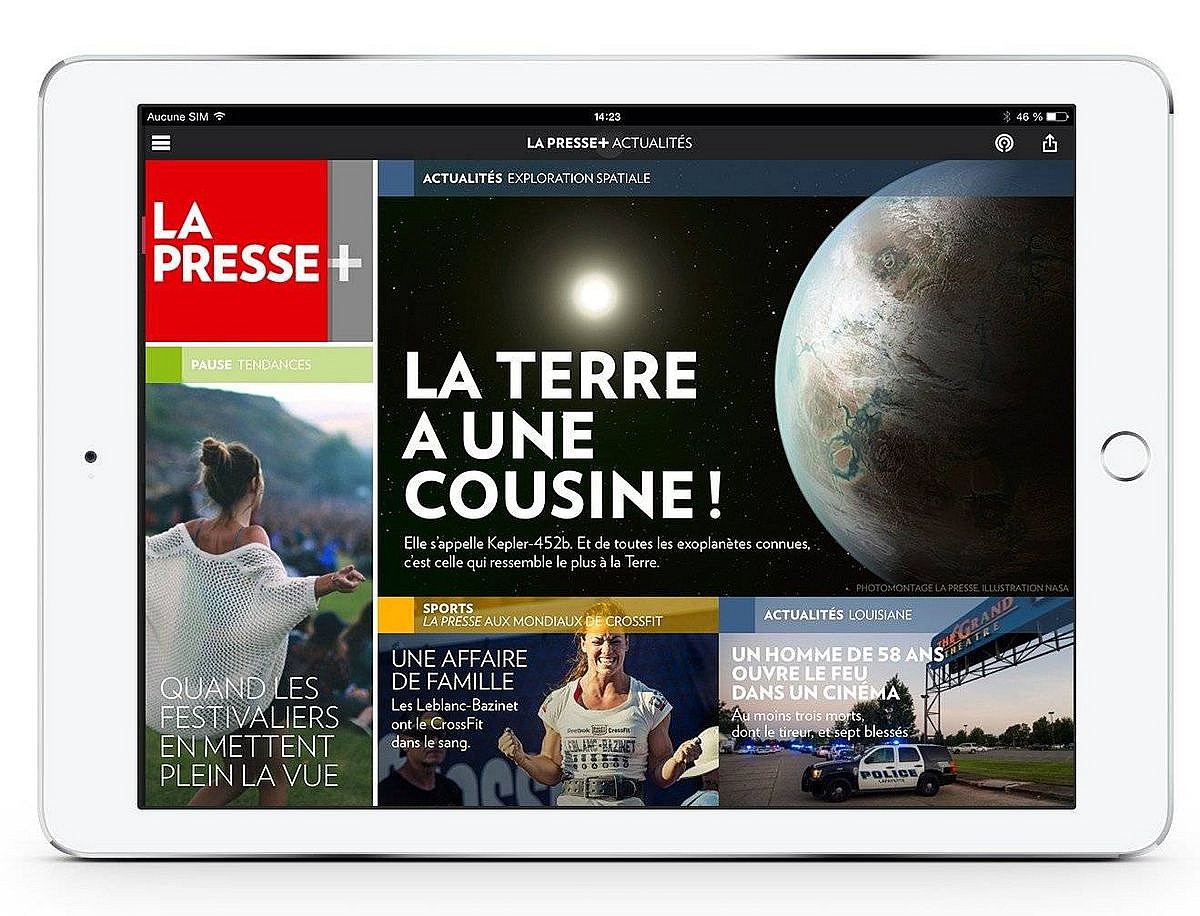Aligning your content experience with your user experience

You might have produced the best content, but does the consumption of this content, your content UX, reflect your objectives?
In the masterclasses we give at Toast we often invite Benoit Giguère, vice-president of creative and content at Brandbourg, to present how the UX of LaPresse+ was envisioned and built.
For those who don’t know, LaPresse+ is the award-winning digital version of the century-old La Presse newspaper, based here in Montreal.
It was a tough process, to create an entirely new content experience for newspapers, that would be experienced on tablets all across Canada.
And the narrative and rationale that Benoit explains is a testatement to how important the content experience and the user interface becomes important when publishing content.
The context, the format, the duration/length are important variables that need to be considered.
In television production, we are used to half-hours and hour-long shows, but we now know that these formats do not travel necessarily well or are not required when migrating to other screens, contexts or platforms.
But you, as a brand, as a media, how is your content experience adapted depending on your objectives and platforms?
In an Uberflip article, Kevin Jacobs lifts the veil on different tactics that can be used and implemented fairly easily.
It is a great read that will also get you thinking about your own content experience, how your users and your audiences are experiencing your content, in what context, formats, etc.
He lists multiple examples around the following tactics:
- 1. Using Robust Navigation to Promote Self-Nurturing
- 2. Creating Non-Linear Experiences To Reflect a New Audience’s Journey
- 3. Keeping your Audience Engaged in a Contained Experience
- 4. Ensuring Your Audience Know What to Do
- 5. Be Contextual in Your Design
I invite you to consider these tactics, but also see which other could be considered in your own brand’s context.


